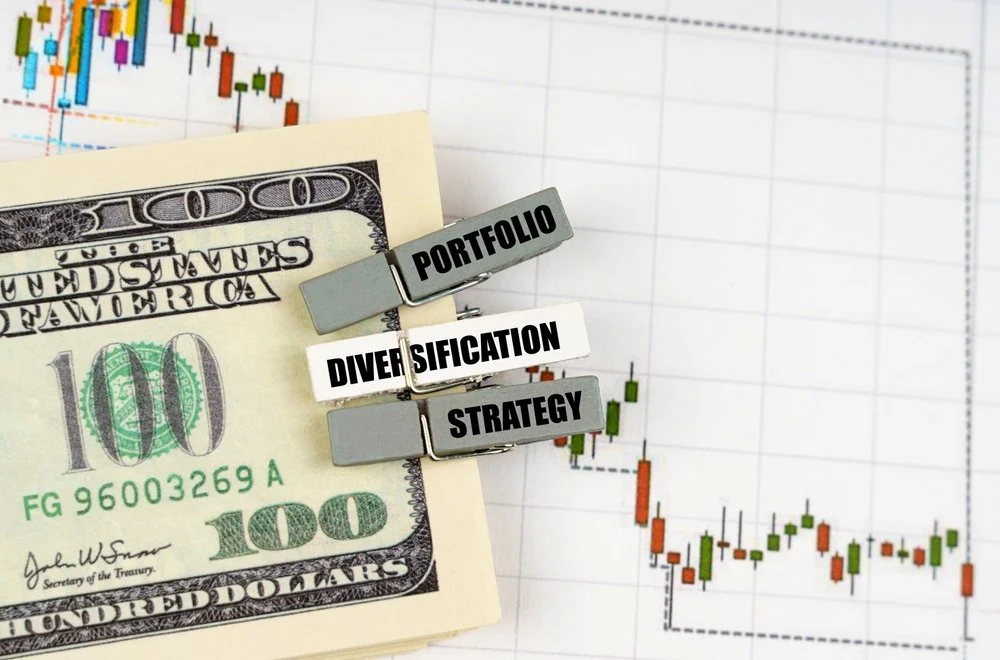The true benefits of diversifying your portfolio to allot for risk
July 9, 2023
When I was playing Babe Ruth baseball as a young teen, I was on a hitting streak. It coincided with riding my bike, hat on backwards, the wrong way on the highway to the ballpark. I was convinced that if I took a different route to the games, I would suddenly slump. The season ended before my hot streak did, so to this day, I do not know whether my results were due to some fortunate bat on ball skills or the process of taking my life into my own hands on the highway.
One of the challenges with managing your investments is not dissimilar from managing a hitting streak: How do you determine whether your process led to good results or the results came in spite of a questionable process? Or worse, did you have a good process with bad results or a bad process with good results?
Harry Markowitz recently died. He won the Nobel Prize in economics for his work that we today refer to as portfolio optimization. Essentially, he theorized that you should construct an investment portfolio around a desired level of risk. Over the last few years, Markowitz's concept of diversification seems to have passed with him — or has it?
We have been in a period where during the last several years, the S&P 500 (500 of the largest companies listed on the stock exchange) has produced results that were far better than almost any other index. And even more significantly, just a few of the stocks in the S&P, such as Apple, Tesla and Microsoft, are responsible for the majority of those results. In other words, owning anything other than that index cost you money. So the question is, do you put your hat on backwards and pedal furiously into owning more of that index?
Let me make a case for invoking the process of diversification. Whenever you are investing, you are making bets on prospective returns. The past with stocks is instructive to the extent that it creates valuations for present stock prices. So if a handful of stocks had outsized returns over the last five years, are they likely to produce them the next five? Who knows, it depends, and not likely.
Is a company that is worth more than $3 trillion but barely growing their earnings a good stock? It may be a great company, but what will make its future returns match its past? There is a reason past performance is not a guarantee of future results. For that handful of stocks to produce outsized returns going forward, they either have to find ways to grow their earnings at outsized rates or find investors who are willing to pay more for those companies than other, lower valued, well-run companies. While that is certainly possible, is it likely?
That's where diversification comes in. With diversification, you trade the excitement of the potential home run for more predictable singles and doubles. You continue to take money from winning asset classes or categories and invest in those that have not done so well. And if the best performing asset class happens to be the one with which you are the most familiar, you accept some regret by not being overly invested there.
From 2000 through 2009, you generally thanked your stars you owned international stocks, value stocks and bonds. From 2010 to today, you tended to rue the day you put money in anything other than growth stocks or the S&P. We may forget to step back and consider what we want our investments to do, though. We invest to have the money we want to spend when we want to spend it. And the most predictable way of achieving that is by having a diversified portfolio that matches your risk with your time horizon. It is easy to forget that when it seems like easy money is to be made from recognizable companies that we know and love (or know and maybe hate).
So back to the process and Dr. Markowitz. You build a portfolio of investments that often work differently from each other to allot for the risk you want to take with your portfolio. You may give up some short-term performance, but it is much safer than pedaling against the traffic.
- Ross Levin
This article originally appeared in the Minneapolis Star Tribune on July 9, 2023





